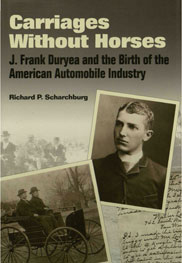Technical Paper
Development of Clean Snowmobile Technology for the 2006 SAE Clean Snowmobile Challenge
2006-11-13
2006-32-0051
Kettering University's entry for the 2006 Clean Snowmobile challenge utilizes a Polaris FST Switchback. This snowmobile having a two cylinder, four-stroke engine has been modified to run on ethanol (E-85). The student team has designed and built a new exhaust system which features customized catalytic converters to minimize engine out emissions. A number of improvements have been made to the track to reduce friction and diminish noise.

